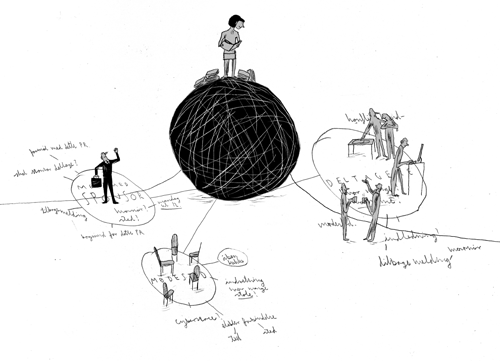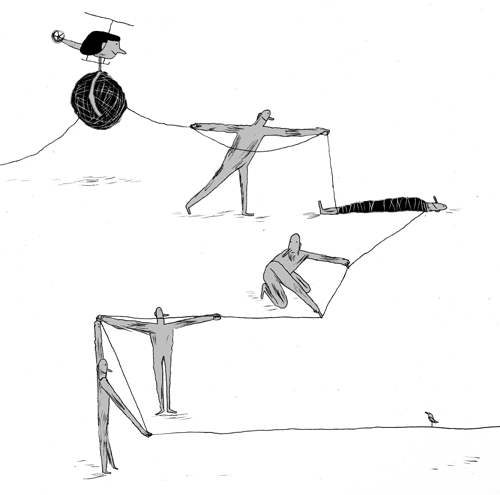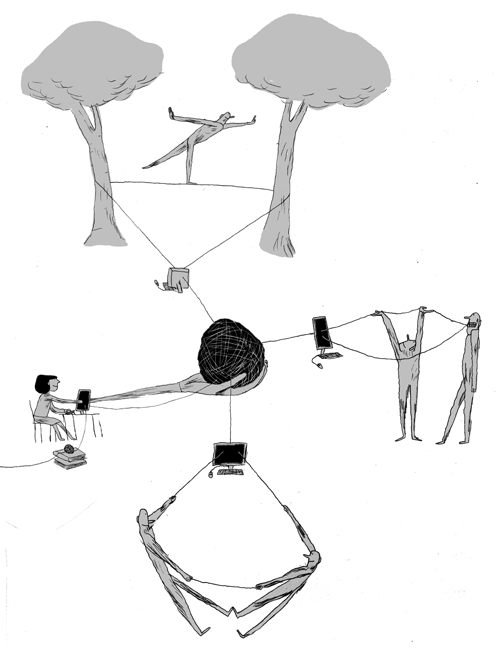
|
|
Chapter 1, Does knowledge sharing pay?
Attempts to answer this question by viewing the investment from different perspectives and by giving examples of the value of knowledge. |

|
|
Chapter 2, Walking the line
Chapter 2 provides an overview of the method and gives examples of when to use it, and when not to use it. The backbone of Proactive Reviews is the dialogue. |

|
|
The Facilitator needs to prepare carefully for the Proactive Review. Chapter 3 gives advice on how to prepare for Proactive Reviews on cases with only a few Delegates, on medium sized Proactive Reviews and ones with many Delegates – including examples and tools for the preparation. |

|
|
Chapter 4, Keeping the helicopter perspective
Chapter 4 describes how the Facilitator initiates the dialogue and how to make it continue all the way through difficult topics until the Delegates have found solutions to the problems they have identified. |

|
|
Chapter 5, Handing over the outcome
A Proactive Review ends up in tangible and intangible results. Chapter 5 describes the different outcomes of the Proactive Review and how to handle them in the organisation. |

|
|
Chapter 6, Proactive Reviews in cyberspace
In a global organisation, Proactive Reviews need to be conducted remotely: preparing for, conducting and evaluating remote Proactive Reviews differs from traditional Proactive Reviews, which are conducted face-to-face. The Facilitator must take into consideration that the dialogue is mediated by communication technology that limits some parts of the communication, |

|
|
Chapter 7, The organisational Learning Spiral
Chapter 7 describes a process of the organisation‟s learning based on the results from Proactive Reviews. How does the organisation learn from conducting many Proactive Reviews? Knowledge is created in various places and the results are communicated locally. How does the organisation get an overview, and how does it extract the new knowledge and globalize it in the organisation? |
ProactiveReview.dk
Make your organization learn from experience


